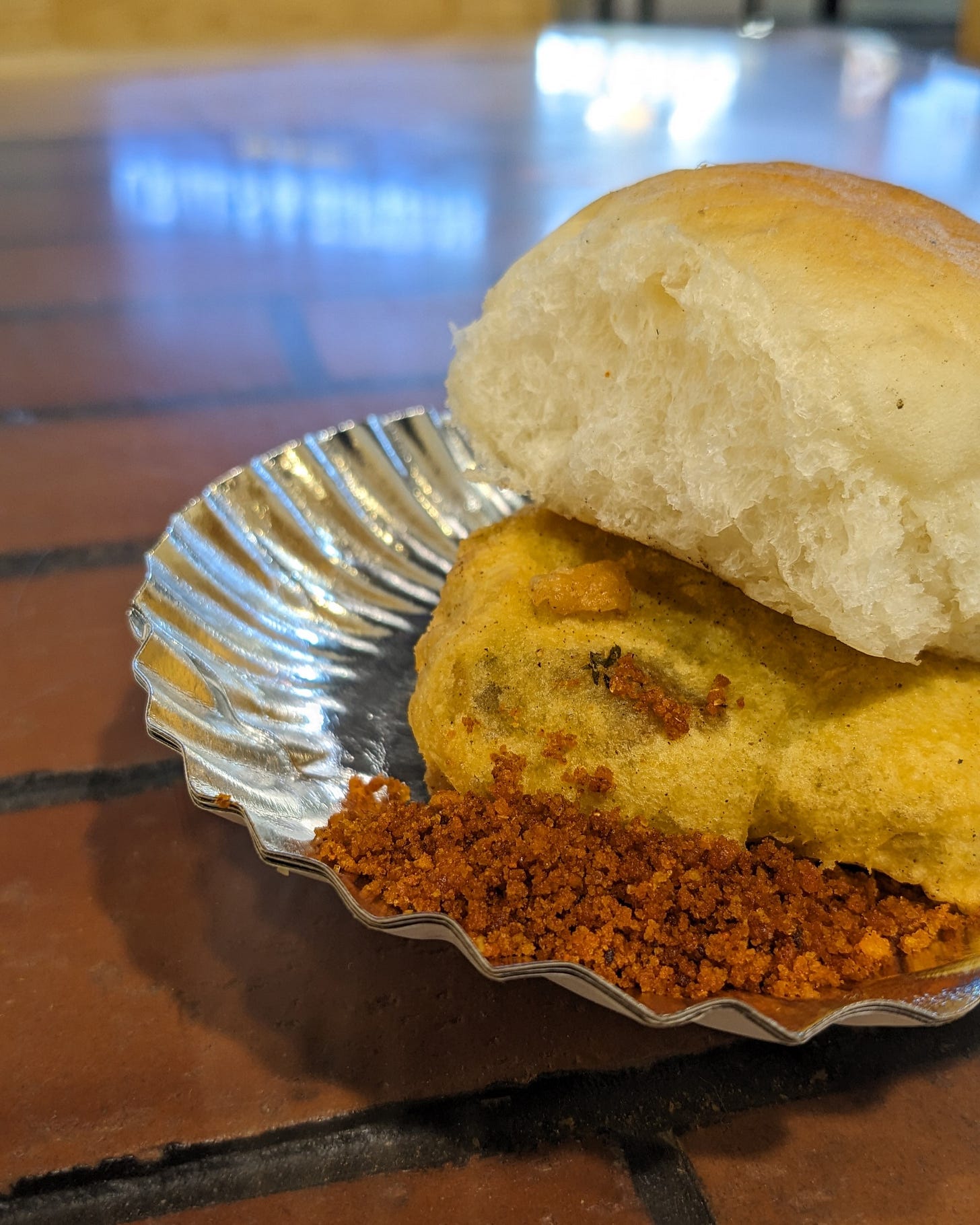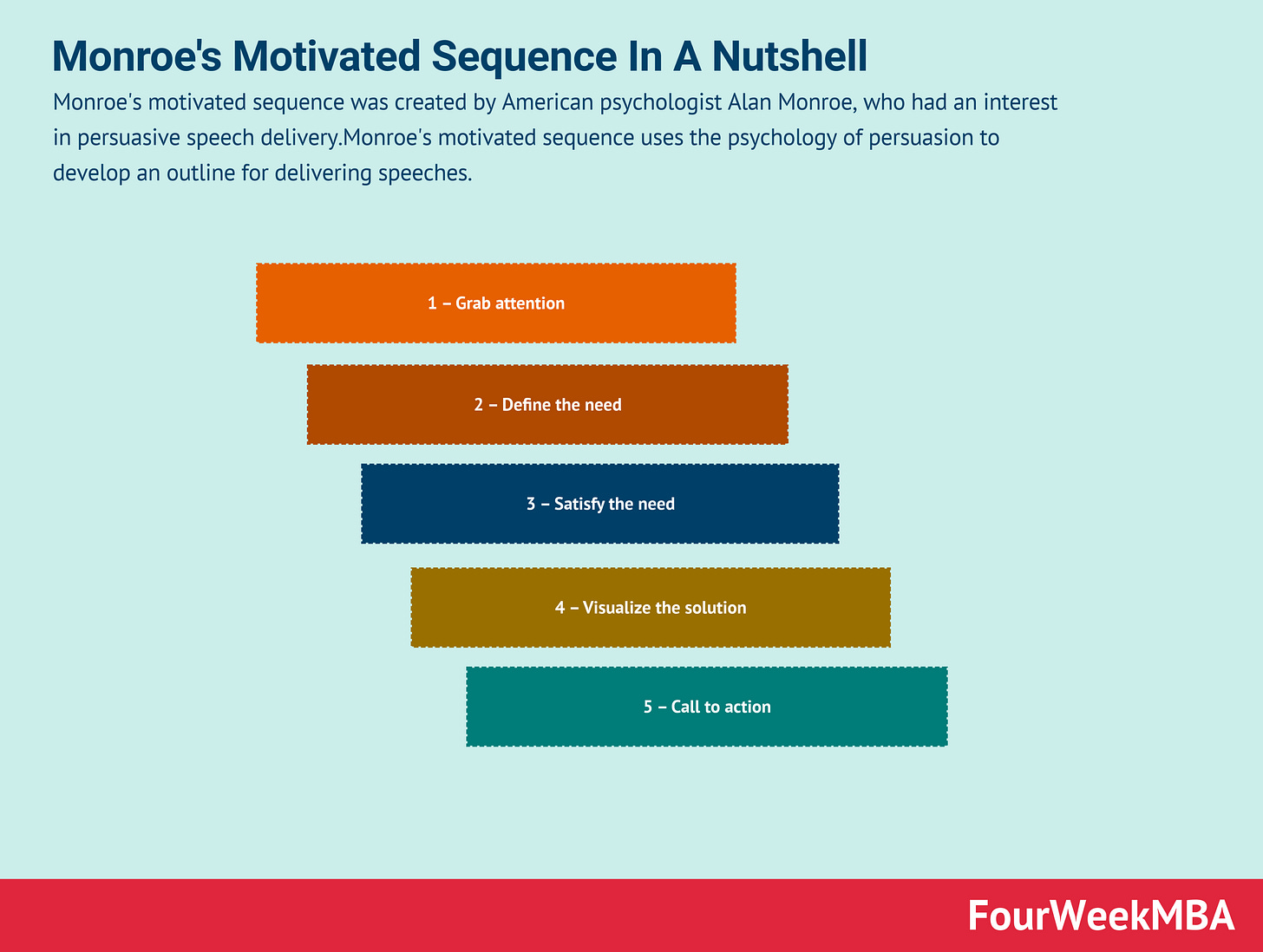The poetic connection between Satyajit Ray’s Apu Trilogy sequel and Edgar Allan Poe
Avijatrik, The Wanderlust of Apu, is a love letter to Satyajit Ray.
Hey everyone,
First up, I would like to thank everyone who read and shared my first newsletter last week. I felt overjoyed when some of you highlighted the content that you loved. Even if a single person enjoys at least one of the videos or music or any content I share here, I will assume that my job is done.
This week, work kept me occupied mostly that included a short one-day trip to Pune. Travelling through the western ghats of Maharashtra always fascinates me and I love looking at the mountains, especially during the monsoons. Another highlight of these trips is making a pitstop at Shree Datta Snacks located in the new food mall on the Expressway towards Mumbai. Its Vada Pav is my comfort food that instantly uplifts my mood every time. If you’re a foodie, this must be in your bucket list.
After pondering for a few days, I decided to make the next batch of peanut butter at home for my breakfast smoothies. Not only do I save a lot of money, but I get to know all the ingredients that I’ll be consuming. I’m also thinking of experimenting by adding some walnuts and hazelnuts into the mix. I’ll share more about it next week and maybe even post the recipe if it’s good enough.
Before we move into my favourite content of the week, I wanted to share an interesting topic that I came across in a training course. It’s called Monroe’s Motivated Sequence and it’s a persuasion technique that ultimately leads to action. When you apply this approach to pitching ideas, it enables more impactful presentations. Additionally, it provides a sequential process of creating a pitch deck and gives it a stronger structure. I’m certainly going to implement it in my work. The following diagram does a great job of summarising the technique. I hope it helps you create some kickass pitch decks.
Have a wonderful week ahead!
🗓️ In this week
🌐 Websites
At one point in my teenage, I could draw the entire periodic table and state all the elements just from memory. While I can’t do it anymore, it still boggles my mind how Mendeleev was able to come up with the classification of hundreds of elements across multiple categories, all in a single table. If you believe that your curiosity is still alive for the table, you should check out Keith Enevoldsen’s pictorial periodic table. This version of the table additionally illustrates a known product or appliance where the element is present. Keith packs in much more information in the same table and has released high-resolution PDFs to download and print them. This is a great way to make science fun for kids and adults as well.
▶️ Videos
Constructing buildings using wood is something that I never expected to be feasible. However, Tomorrow’s Build showcased how an entire block or rather a city in Sweden is being constructed primarily with wood. Instead of using concrete and steel which have high carbon footprints, the builders are using timber from the forests which covers almost 70% of the country. It’s fascinating to see how this concept is being turned into reality, making way for new eco-friendly construction methods.
If you struggle like me to find the best composition while clicking a picture, this video is perfect for you. James Popsys recommends you to keep aside the evergreen Rule of Thirds and focus on telling a story with every photo. Whether you’re capturing people or objects, you need to decide who or what is the main subject and the supporting subject. For example, the main subject could be a humongous tree whereas the mountains in the background become your supporting subject. This helps you escape the pressure of trying to precisely frame and capture something in different angles, ultimately resulting in a photo you don’t like. I’ve definitely gained a new perspective of clicking photos and I’m going to experiment using this method.
Follow me on Instagram and check out some of my amateur photography.
You probably must have read about the theory stating that the water on our planet arrived from outer space rather than forming here. I watched a video by PBS’ Eons that says the water could have arrived on the planet from the Sun, apart from meteorites. This video takes us through the origin story of the formation of the Earth. Along the way, it presents the theories about how water kept accumulating on the planet over billions of years. It also mentions how heavy water and light water form, something which was new to me.
Do you have any exciting recommendations? Some more interesting tidbits you would like to share from the content mentioned here? Or just simple feedback? I would love to hear from you!
🎬 Films
Last month, I watched Satyajit Ray’s historic and critically-acclaimed Apu Trilogy that includes Pather Panchali (1955), Aparajito (1956) and Apur Sansar (1959). The story is based on novels written by Bibhutibhushan Bandyopadhyay with the same titles as the first two films. It’s about an impoverished family dreaming of a better life but burdened with life’s brutal and unexpected circumstances, centred aroud Apu. While reading about the novels, I learned that a sequel to the trilogy, Avijatrik (The Wanderlust of Apu), was released in 2021, concluding his story based on the second novel. I was mesmerised how director Subhrajit Mitra recreated the era that was depicted by Satyajit Ray in the trilogy. The film went on to win two National Awards for Best Cinematography and Best Bengali Film.
Here’s a short X (Twitter) thread on my thoughts about the film. My most interesting observation was the appearance of Edgar Allan Poe’s poem Eldorado (it narrates a knight’s quest to find the mythical golden city) in the film. The context of the poem is quite specific when Shankar (a globetrotting character who later becomes the main protagonist in Bibhutibhushan’s adventure novel Chander Pahar) is showing Apu and his son Kajol some ancient gold coins from different civilisations. As Apu examines the Aztec gold coin, Shankar recites an excerpt from the poem:
‘Over the Mountains Of the Moon,
Down the Valley of the Shadow,
Ride, boldly ride,’ The shade replied,—
‘If you seek for Eldorado!’
I felt that this scene is a beautiful testament to Apu’s pursuit of adventuring to the distance lands which is currently shrouded in mystery due to his fatherly duties. This also forms the primary theme of the film. Without spoiling much, the beauty of the film is revealed by the choices he makes along the way in search of his own Eldorado. You can watch the film here with English subtitles.
If you would like to know more about the kind of films I watch and love, follow me on Letterboxd.
🎵 Music
If it wasn’t clear enough that I absolutely loved the film Avijatrik, let me also tell you that I’ve been binging on the soundtrack almost daily. Bickram Ghosh has managed to translate the pure joy of wanderlust into musical notes in the Avijatrik Theme. You get lost in the warm medley between the Flute and Baul in Back To Roots, turning it into your life’s background score and giving you some main character energy in that moment. Try listening to this track during a car or bus journey. Finally, the film’s rendition of Akash Bhora, originally written by none other than Rabindranath Tagore, appears in a pivotal part of the film. The more I listen to this version, the happier I feel for Apu, a man who has only witnessed loss throughout his life.
🚀 Looking for more?
I share diverse and interesting content on my Instagram and X (Twitter) almost daily and not all of them make the cut here. Follow me there for some extra content.
Read last week’s newsletter here.
Disclaimer: The Friday Dispatch is supported by affiliate links. This means that if you buy something using one of these links, I may earn an affiliate commission at no extra cost to you.
Featured image source: filmavijatrik.com





